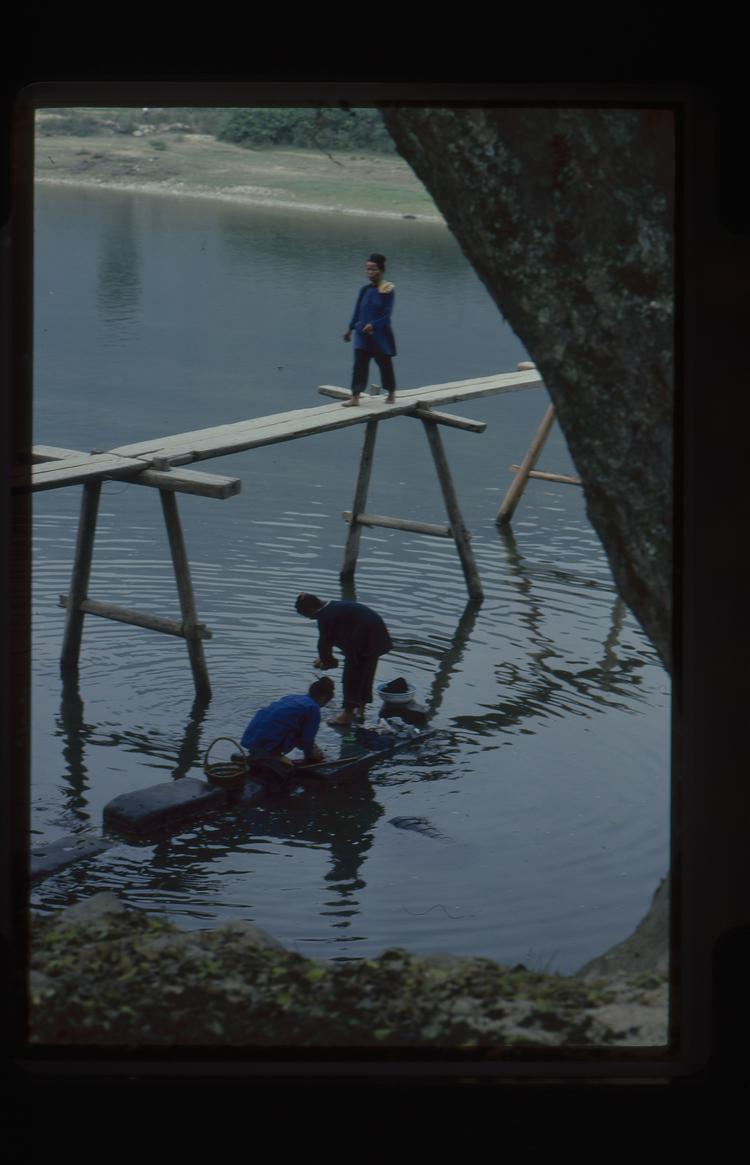
Community Commentary by Ajetunmobi within research project: 'Rethinking Relationships and Building Trust around African Collections' 2021
Calabash known as ‘igba’ in Yoruba language undergoes various processes to produce house utensils in traditional Yoruba societies. Calabash is made from gourd. The gourd, a fleshy and creeping/climbing plant whose fruits have hard skin has been domesticated for many centuries in Africa. The gourd is the raw material for making calabash in Nigeria. In Yoruba land, the Oyo and Kwara people are prominent for making calabashes of different sizes. Calabash undergoes some processes before becoming a finished material for use. First, the gourd fruits are harvested. Secondly, the gourd fruits are cut opened and the seeds removed from the fruits. The gourd will be dried and at this, calabash is ready. However, there are techniques for decorating the calabash or making the desired shape. These techniques are scraping, carving, scorching, pyro-engraving and pressure-engraving.
This picture was taken in Oyo by Stanfield in 1960. It shows a calabash carver scraping calabash to the desired shape. Scraping involves the use of sharp tools like knife with saw-like edge, nails, iron needles etc., to scrape off the pattern motif to some depth, about 2-3 millimetres below the surface. The calabash can be decorated by using colours. Colours can be applied through the use of indigo, smoke, millet leaves and many more.







Community Commentary